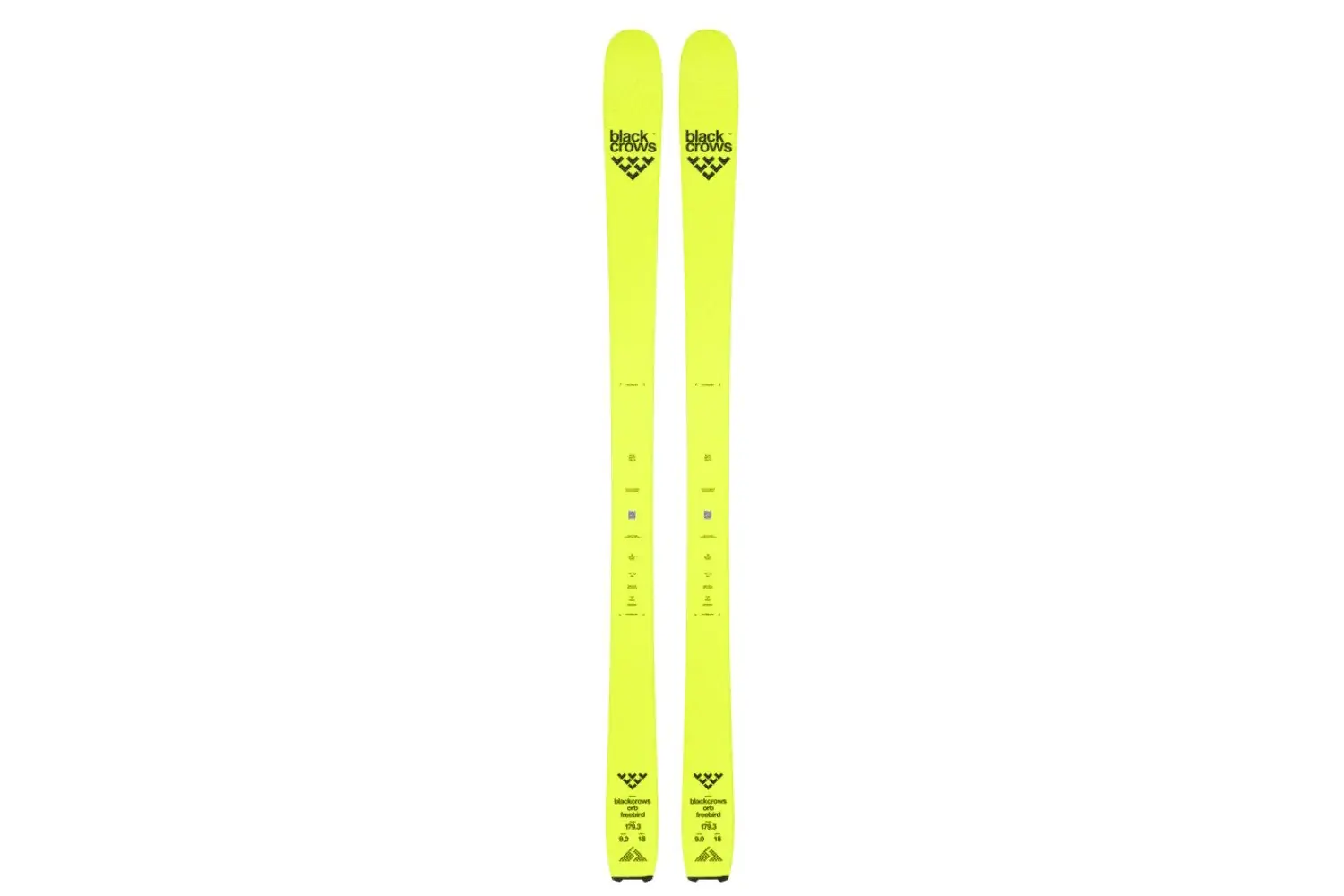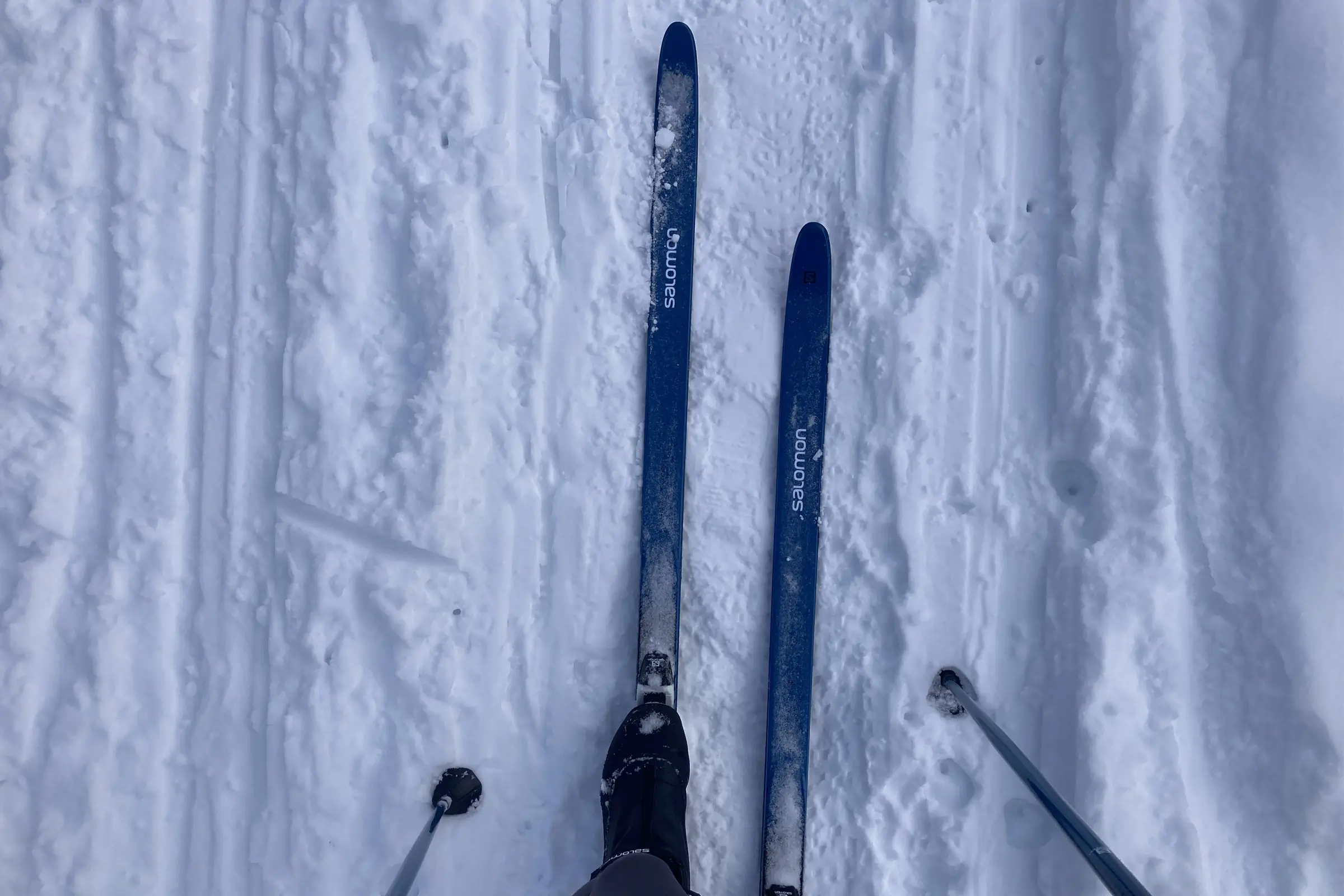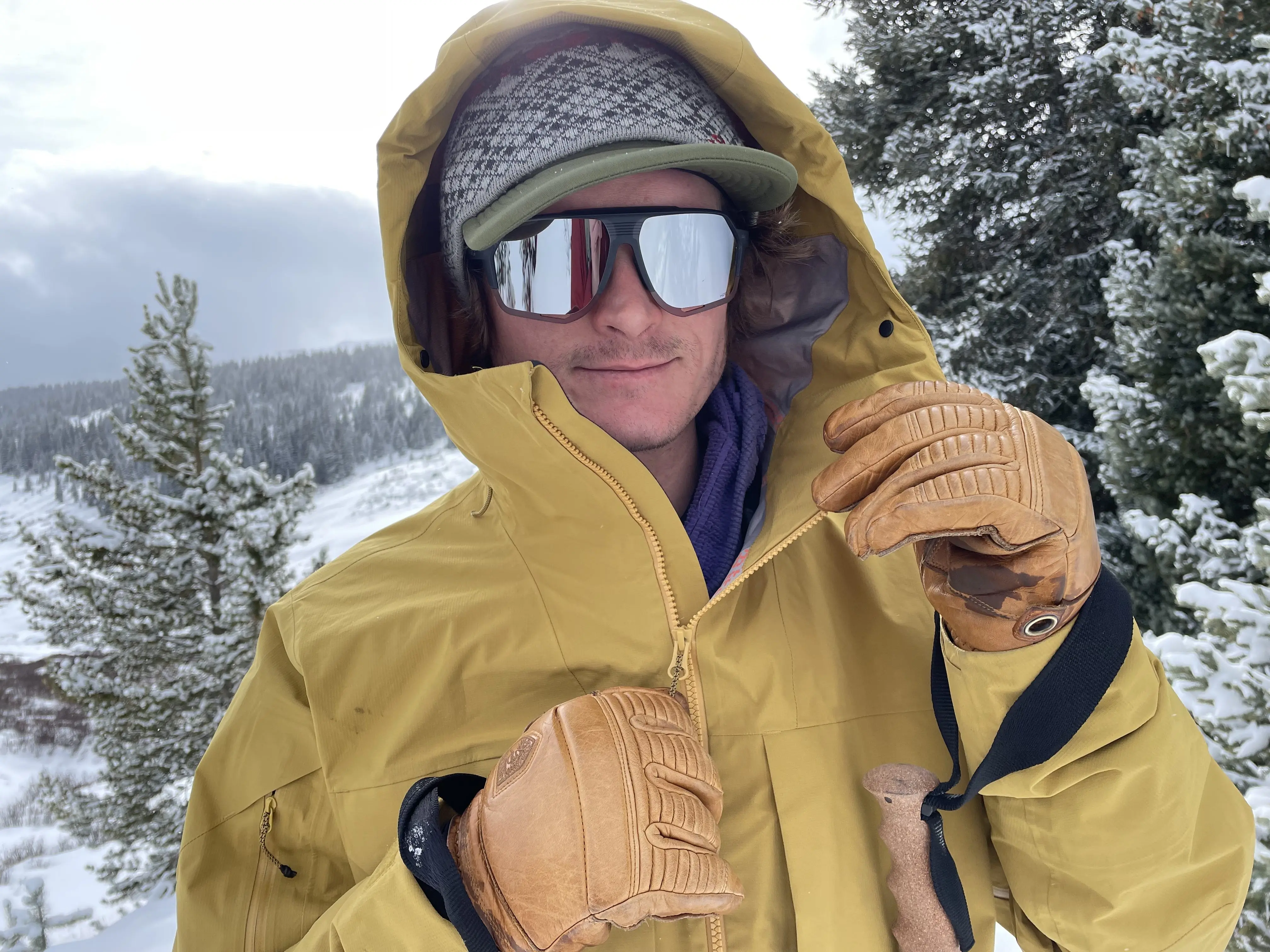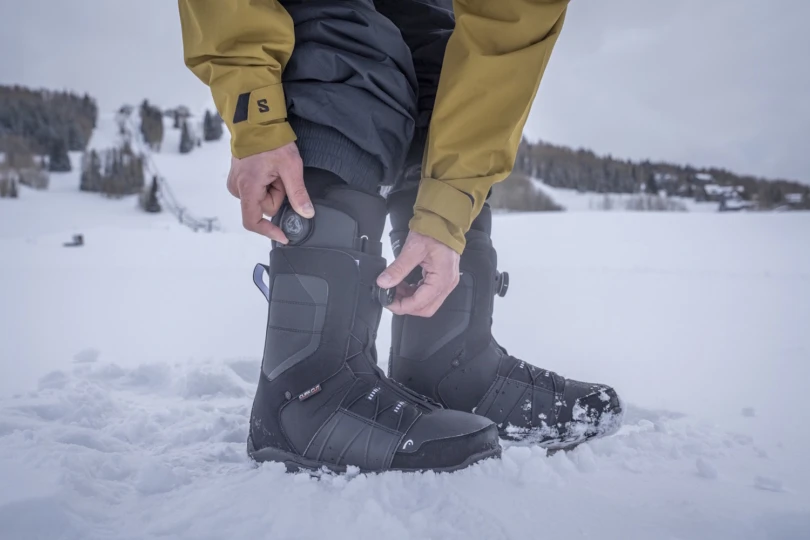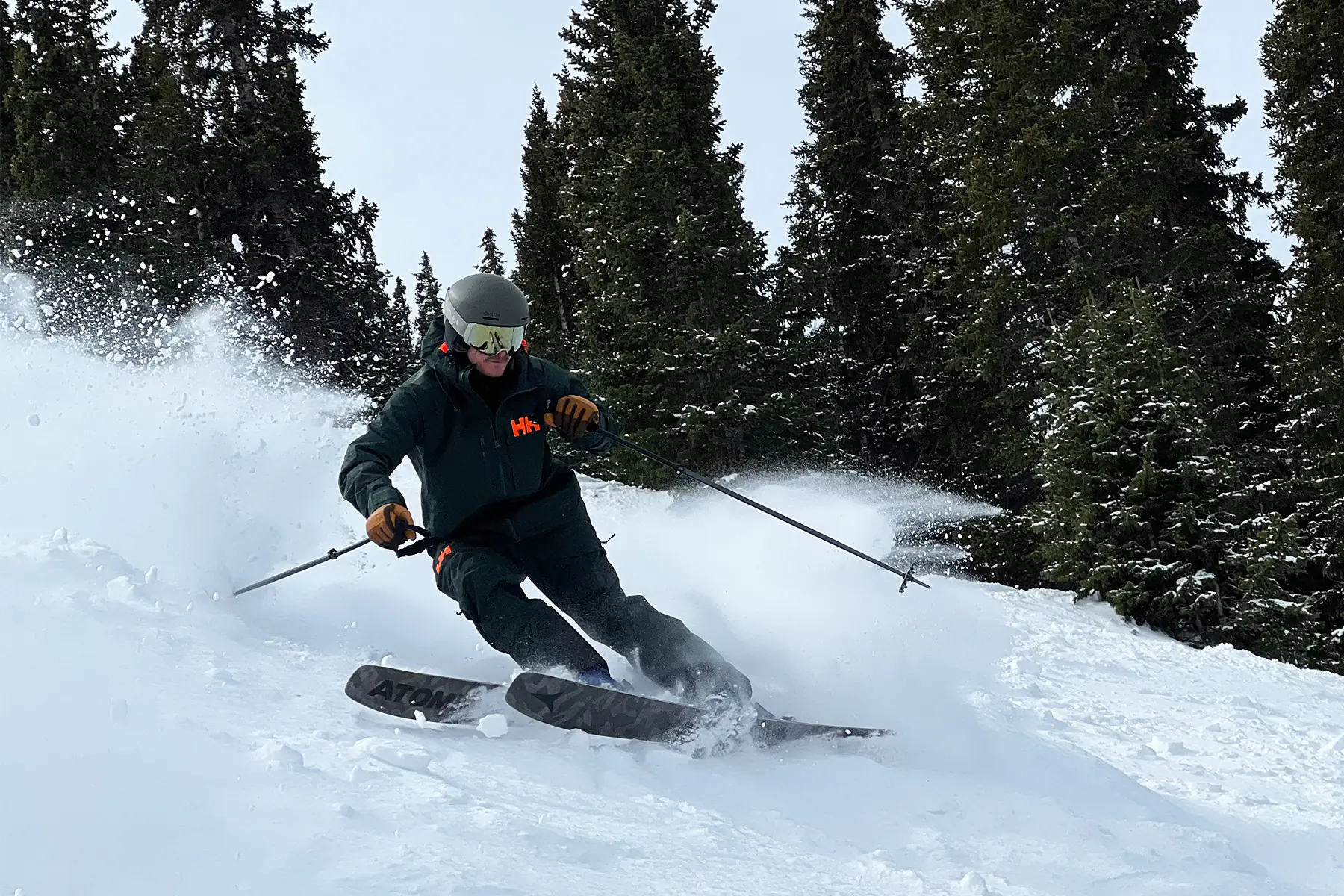I had been nervous to open it up in the backcountry on the Black Crows Orb Freebird. It’s a relatively narrow ski on the short side of what I’m used to.
But when the opportunity presented itself, I took it. A 2,000-foot face on an obscure Colorado 13er with 4 fresh inches of snow lay in front of me. I dropped over the small cornice, landed, and pointed it, pushing the ski to what felt like the absolute limit with my stiffest boot. Carving long arching turns, the ski returned the power with remarkable composure.
I didn’t choose the Orb Freebird for its ability to charge. Instead, I chose it to carry me on the longest spring tours with technical descents. And I chose it for what, on paper, looked like an excellent balance between lightweight and steep-terrain performance. That it could absolutely charge in the right conditions — for a narrow, lightweight ski — was a pleasant surprise.
In short: The Black Crows Orb Freebird ($800) is a lightweight ski for freeriders. It excels in steep, challenging terrain, but its versatility keeps it fun and lively for day-to-day backcountry conditions. It’s not the lightest in its class of 85-95mm skis. But that’s a tradeoff Black Crows — and the majority of backcountry skiers — will take any day to maximize skiability.
- Weight: 1,400 g (179 cm)
- Camber profile: Classic camber, front rocker
- Construction: Semi cap, ABS sidewall
- Core: Paulownia, mixed carbon, fiberglass
- Dimensions: 127 x 90 x 112 cm
- Available lengths: 155, 161, 167, 173, 179, 184 cm
- Turning radius: 18 m
Pros
- Surprisingly good in powder
- Charges harder than expected
- Light enough for long tours
- Playful and poppy turning capabilities
- Versatile across snow conditions
Cons
- Not great in sun-punched crust
- Not overly lightweight
Black Crows Orb Freebird Review
I thoroughly tested the Black Crows Orb for over 100 days in every condition imaginable — spring corn on Mt. Rainier, steep ice in Colorado’s Gore Range, bottomless powder in the San Juans, crunchy glacier ice on Mt. Baker, and on the piste at Vail. I tested it with a familiar Salomon MTN Pure binding and two different boots: the Scarpa Maestrale RS and the Scarpa F1.
At 6’1” and 185 pounds, I typically ski backcountry skis in the 185-189cm length range. For the Orb, I went down to 179 cm to maximize maneuverability for the steeps and tight trees.
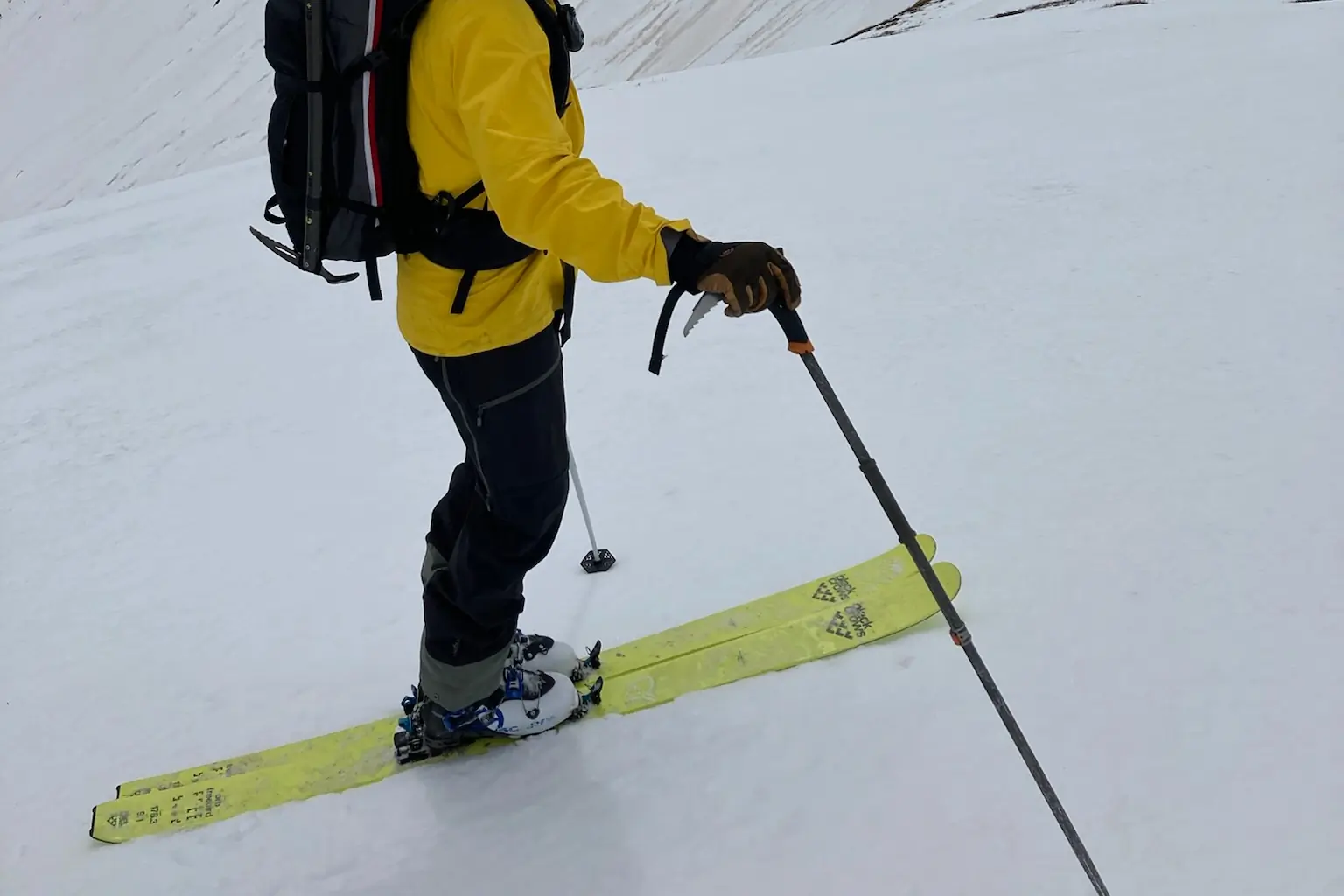
Weight
If one thing is obvious about the Orb Freebird, it’s that you can’t miss it. That highlighter yellow top sheet stands out from the crowd like the rest of Black Crows’ Freebird touring line.
Black Crows is first and foremost a freeride ski company. Haters will say they’re all marketing hype, sexy top sheets, and provocative sidewall slogans. But I can confidently nix that half-baked theory after my time on the Orb Freebird.
The colorful Black Crows Freebird range spans from the 110mm underfoot Ferox (3,400 g) to the 80mm Mentis (1,800 g). The Orb is the third skinniest at 90 mm and 1,400 g. Its Freebird touring line isn’t the lightest out there, and that’s by design. Ski shapers at Black Crows prioritize balance between weight and skiability.
Don’t get me wrong, the Orb Freebird is light. But it’s by no means a class leader at 1,400 g per ski. Compared to class-leading skis like the Blizzard Zero G 95 (1,260 g), K2 Wayback 88 (1,275 g), Movement Alp Tracks 85 (1,055 g), and the Kastle TX87 (1,205 g), it’s going to feel a little more sluggish on the skin track. That said, never once while out in the backcountry did I wish it was lighter.
On the Snow
My first impression of the Orb was how easy it was to ski right out of the gate. It’s intuitive. That characteristic will serve all users well, regardless of skill level. But more than being intuitive, it’s lively. The paulownia core gives it a nice poppy, energetic feel that a lot of narrow skis trade for weight savings.
I was concerned that the relatively narrow waist would feel under-gunned in typical backcountry conditions. I found the opposite to be true. For nearly a full season I shunned my 106mm underfoot ski because I couldn’t justify choosing it over the Orb for anything but the deepest powder days.
You need to dial it back in terms of speed and aggression compared to a big, powerful freeride ski. But that’s to be expected with any downsize. The Orb simply allows you to go further and ski more laps at a negligible performance penalty.
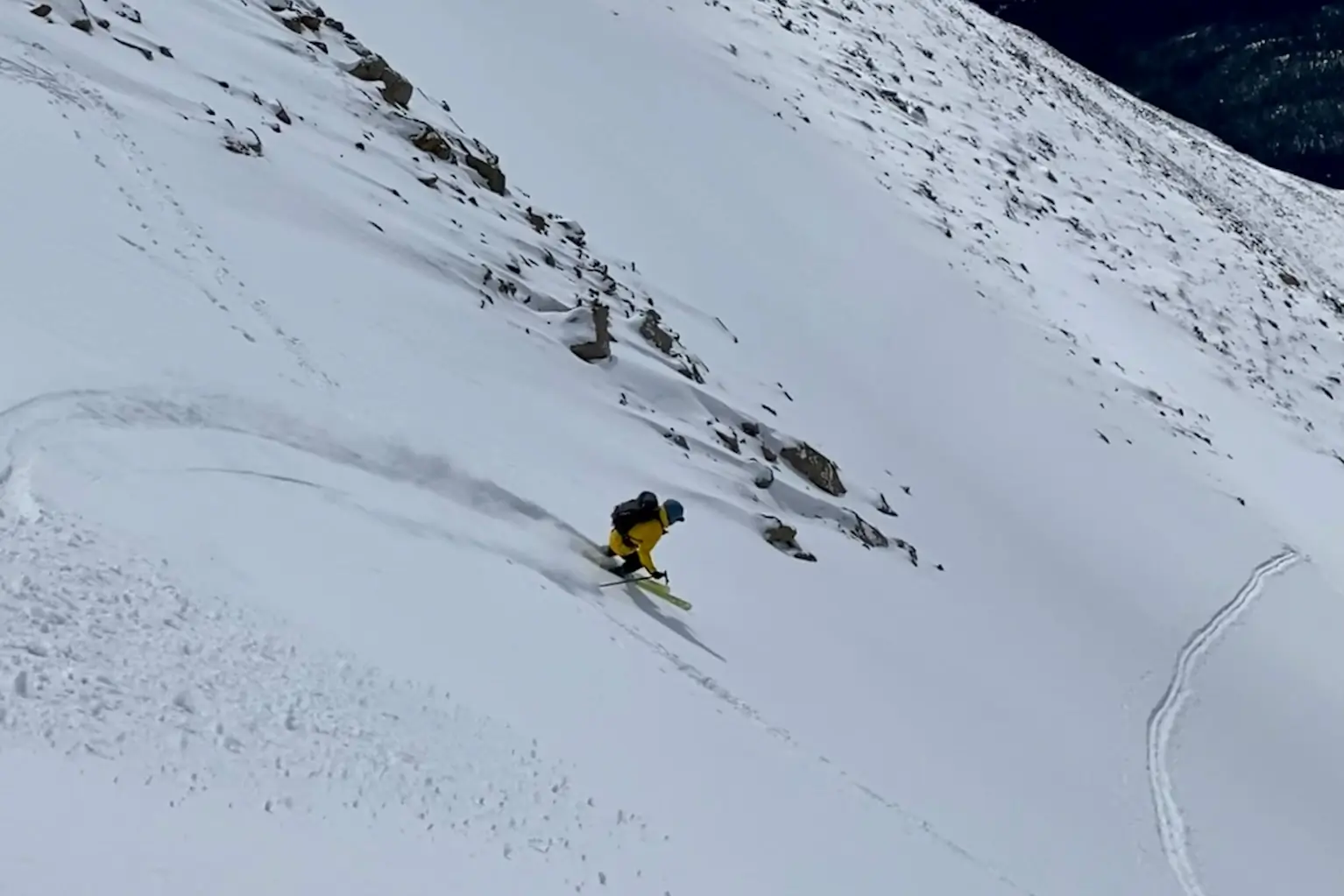



The Orb wasn’t designed to perform in powder, but it’s another medium that surprised me. The rockered 127mm wide shovel gives the ski sufficient float in softer snow. It also allows the ski to easily release out of turns and avoid hooking in steep chunky snow.
Jump-turning the Orb in steep conditions was a breeze. More of a pleasure, really. Its pop, low swing weight, dampness, and traditional camber help it land on edge with confidence. The Titanal plate underfoot gives it distinct precision. A slightly rockered tail helps keep it from snagging or dominating.
When the terrain opens up, the Orb can transition from short to long turns without much thought thanks to its short 18m turn radius. I skied it many, many evenings at Vail ski resort where I pushed its carving capabilities on piste. For a relatively lightweight ski, it’s got great power on edge.




Boot Pairing
Both the Maestrale RS and the F1 were plenty of boot for this ski. I chose the Maestrale for the steepest, iciest days. The stiffness of that boot allowed me to plant the Orb’s edge into the slope and inspired confidence in no-fall terrain. But other than that, it was overkill.
I skied the Orb with the F1 90% of the time for that reason. You could go lighter, like the F1 LT or Tecnica Zero G Peak without any issues.
The Orb Freebird is a dedicated backcountry touring ski. Although it could handle both duties, I wouldn’t recommend it for someone looking for a 50/50 resort/touring setup. Instead, pair the Orb with a lightweight touring binding like the Salomon MTN Pure and a lighter-weight boot like the Scarpa F1 to bring out its full potential.
So, what’s the catch? I had to think hard about this one, and it warranted a few extra dawn patrols. The only time I felt my Orb suffered was in punchy sun crust. That’s where all narrow skis (and most wide skis) succumb to the elements.
Conclusion
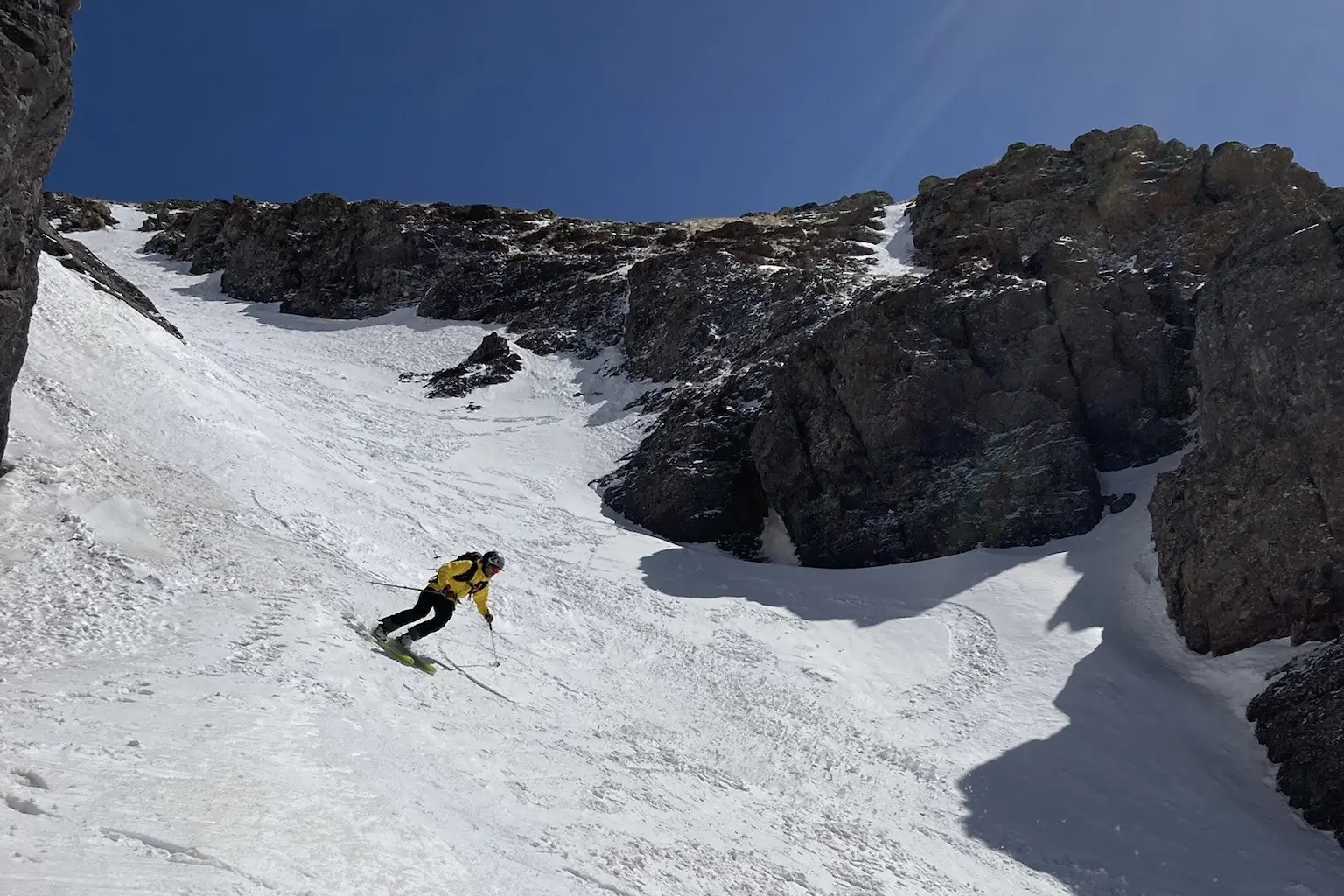



Backcountry skiers looking for a strong descending performance in a relatively lightweight package will get along well with the Black Crows Orb Freebird. It’s particularly versatile for a narrow ski. It maintains its lively and intuitive feel over a wide spectrum of backcountry conditions. In the techy steeps, it inspires confidence.
I had a blast testing the Orb Freebird in every snow condition imaginable. It’s the ski I reach for over and over again when there’s a lot of mileage and vert on the menu. It packs a big punch into a narrow and relatively small package.

